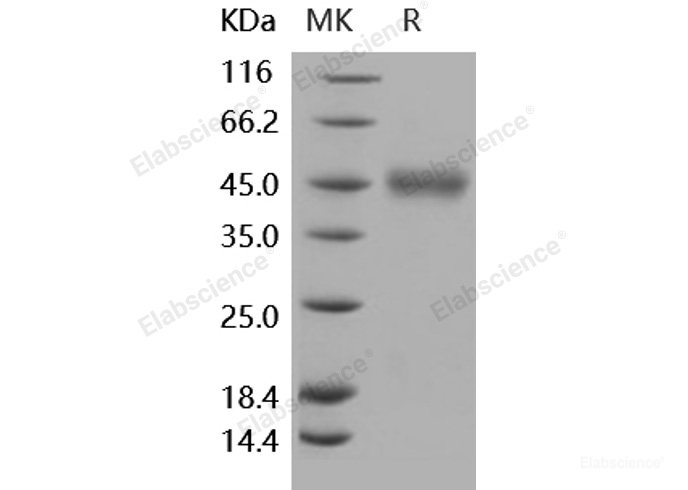Background
The CD2 family receptors are type I transmembrane glycoproteins belonging to immunoglobulin (Ig) superfamily characterized by a membrane-proximal Ig constant 2 (C2) domain and a membrane-distal variable (V) domain that is responsible for ligand recognition. CD84, also known as LY9B and SLAMF5, is a homophilic member of the SLAM (signaling lymphocyte activation molecule) subfamily of the CD2 family. The SLAM family receptorsmediate signal transduction through the interaction of its ITSM (immunoreceptor tyrosine-based switch motifs) in the intracellular region and the SH2 domain of adaptor molecules SAP (SLAM-associated protein) and EAT-2 (EWS-activated transcript 2), and accordingly modulate both adaptive and innate immune responses. The CD84-CD84 interaction was independent of its cytoplasmic tail. Thus, CD84 is its own ligand and acts as a costimulatory molecule. CD84 is expressed on cells from almost all hematopoietic lineages and on CD34+ hematopoietic progenitor cells, suggesting that CD84 serves as a marker for committed hematopoietic progenitor cells.







